Optimizing Lab Operations for a Greener Future
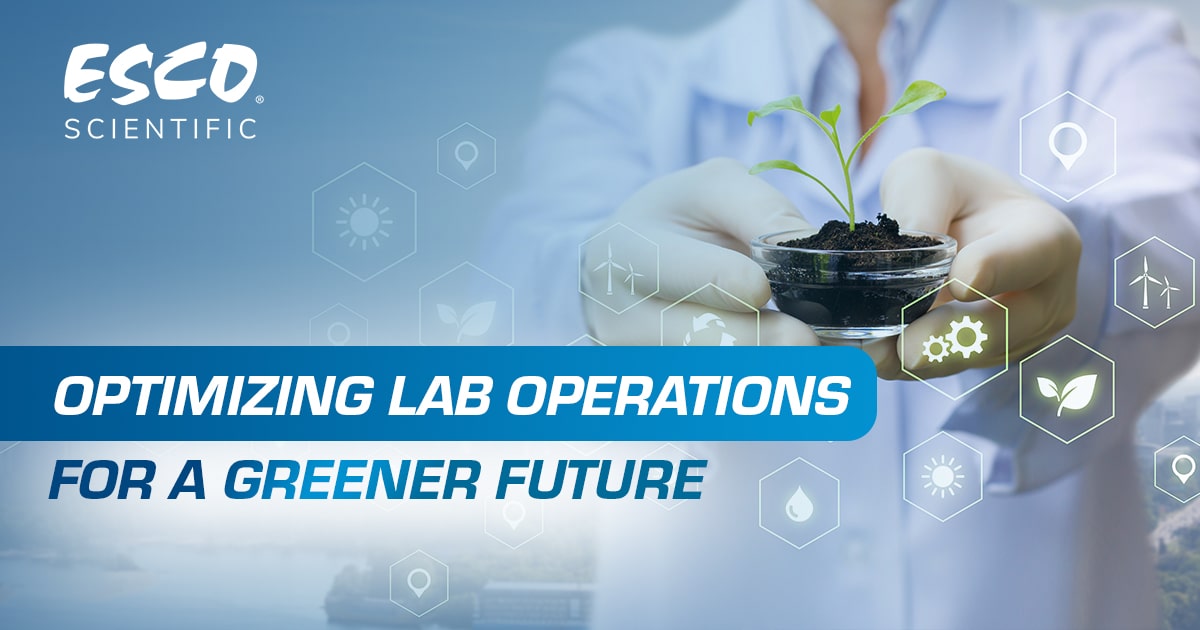
Manufacturing facilities and laboratories usually require high energy consumption which results in increased carbon emissions. Based on studies, pharmaceutical companies produce 55% more carbon footprint than the automotive industry, and the healthcare sector alone comprises 4.4% of the greenhouse gas emissions worldwide.
Laboratories produce tons of waste yearly. A scientist alone can generate around 1 ton of plastic waste in a year. Common examples of waste from laboratories are gloves, pipette tips, glass bottles, and cardboard boxes, many of which do not go directly to landfills or incinerators. Although recycling can help in waste management, it does not lengthen product life and is not an option for most medical wastes. Adding to the plight is the excessive energy consumption of plug-load equipment such as freezers, incubators, and computers. These units are deemed necessary and cannot be substituted.
To address this pressing concern, scientists and researchers across the globe have taken initiative in their academic institutions or biopharma organizations to arrive at sustainable approaches in research. Green lab efforts continue to increase as researchers work towards reducing energy consumption, water use, and waste production. Below are various practices that researchers can take into account to reduce the collective carbon footprint in laboratories.
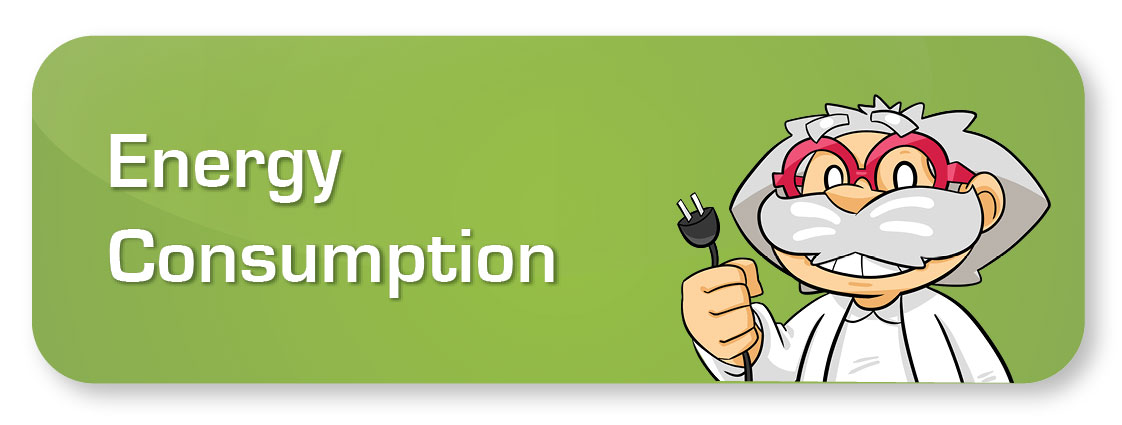
- Turn off or unplug unused laboratory equipment.
- Consider energy consumption when purchasing new equipment.
- Turn off the lights when leaving the room.
- Keep appliances and frequently used equipment on a routine timer schedule.
- Clean your equipment regularly.
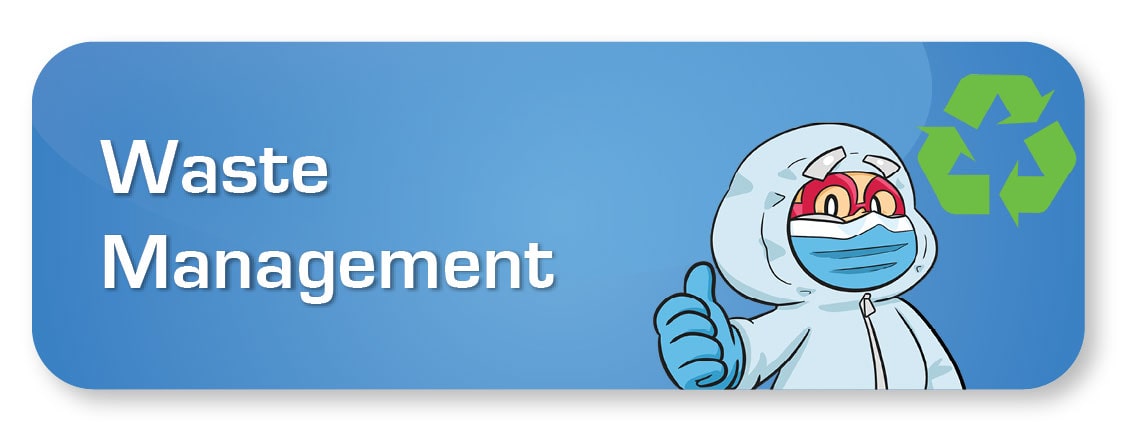
- Properly dispose of hazardous materials.
- Reduce waste through various disposal methods such as sharing, redistribution, or recycling.
- Keep a logistical record of equipment to avoid unnecessary purchases.
- Switch from plastic to glass when possible.
- Use more environment-friendly chemicals when possible.

- Choose equipment that is designed with water-conservation features.
- Wash the labware efficiently.
- Report dripping and leaking faucets.
- Install or use timers for critical or continuous water uses.
- Eliminate single-pass cooling.

- Maintain a cool room temperature to ensure optimal equipment efficiency.
- Keep door openings as short as possible.
- Limit the use of UV lights in biosafety cabinets.
- Clean and decontaminate the equipment regularly.
- Schedule preventive maintenance and re-certify equipment in compliance with standards.
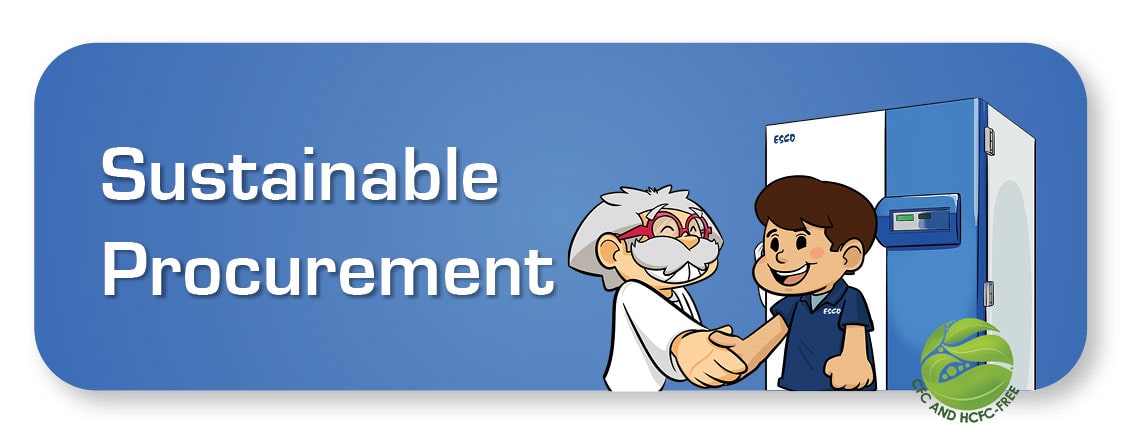
- Inquire about minimal packaging.
- Durability and efficiency outweigh the cost of purchase. Consider the cost of the initial purchase as well as the cost of operation and maintenance.
- Ensure that refrigerants have zero ozone depletion potential.
- Evaluate the storage requirements. Purchasing a larger unit ahead of time can help avoid making further purchases.
- Consider whether ducting is required or whether filtration system will suffice. Ducted units will consume more electricity.
- Upgrade to more energy-efficient equipment.
Esco Scientific’s Sustainable and Green Equipment Solutions
Maximizing productivity while lowering operating expenses is one method to make a laboratory more sustainable. At Esco Scientific, we support by promoting eco-friendly choices and developing high-quality and energy-efficient laboratory equipment.
From our Centrifuges, Orbital Shakers, Ultra-Low Temperature Freezers with environmentally friendly refrigerants and up to our energy-efficient Laminar Flow Cabinets, Ductless Fume Hoods, Biological Safety Cabinets to name a few, we are always looking for ways to make things more sustainable.
It is never too late to take part in this green revolution. As laboratory personnel, scientists, and researchers continuously strive to discover scientific breakthroughs for the advancement of society, one should also remember that it is possible to do so while protecting the environment and the planet that we live on . After all, we only have one Earth.

Discover more of Esco Scientific’s green solutions and environmentally friendly operations.
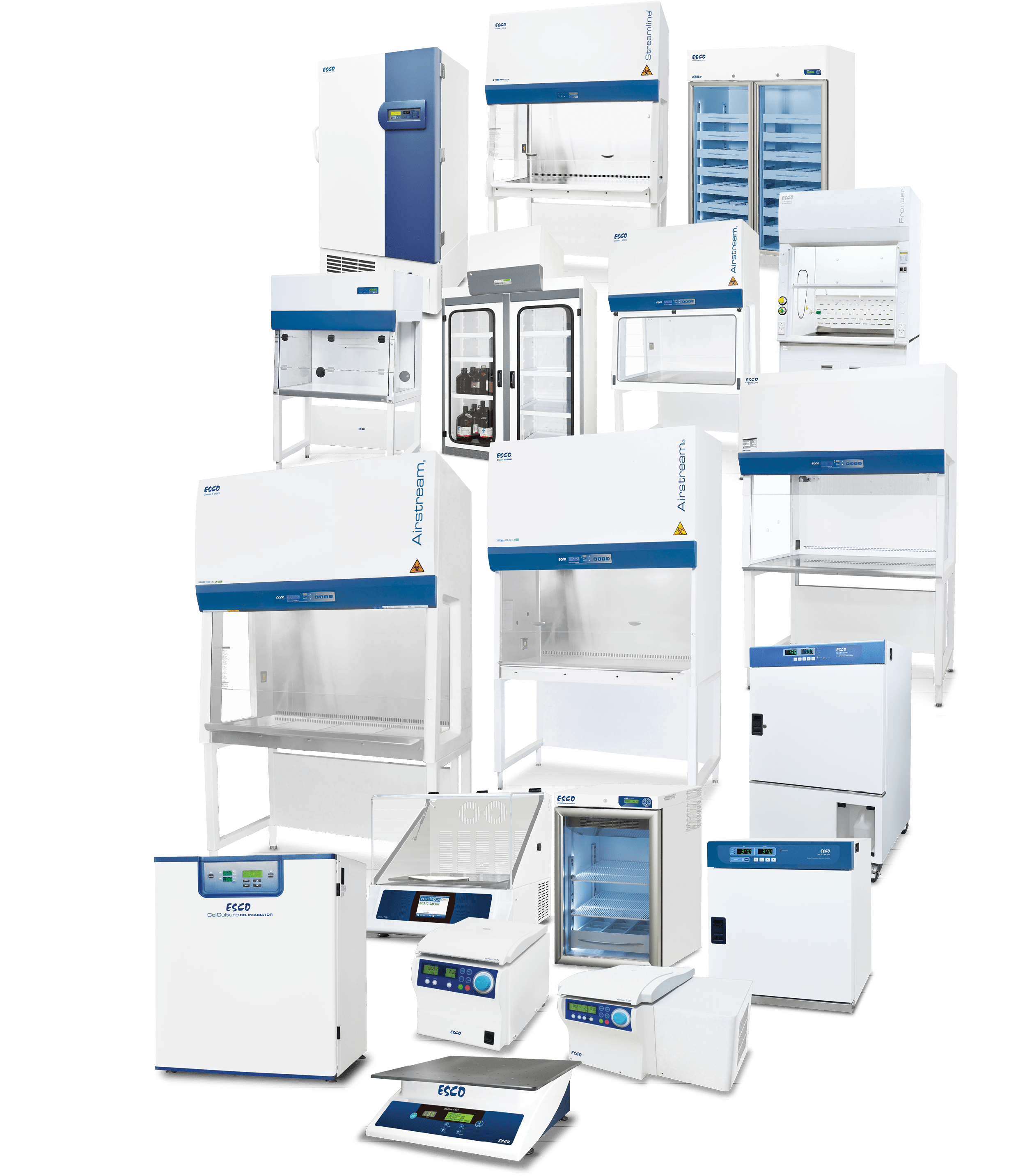
Read more: The Lab Cycle: Esco Scientific Quarterly Newsletter - Issue 8
References:
[1] Eight Ways to Soak Up Water Savings in Labs. (2016, March 01). https://sustainability.ncsu.edu/blog/changeyourstate/save-water-in-labs/
[2] Fekonja, A. (2021, June 01). 5 ways to make your laboratory more sustainable in 2021. https://biosistemika.com/blog/5-ways-to-make-your-laboratory-more-sustainable-in-2021/
[3] Greening Up The Lab: Sustainable Research Practices. April 2018. https://ehs.princeton.edu/news/greening-the-lab-sustainable-research
[4] Heppert, J. (2021, July 22). Practical tips to make your lab more sustainable. ASCB. https://www.ascb.org/careers/practical-tips-make-lab-sustainable/
[5] Relph, R. (2020, April 03). Making Sustainable Labs a Reality. https://www.labmanager.com/business-management/making-sustainable-labs-a-reality-22090
[6] Madhusoodanan, J. (2020, May 11). What can you do to make your lab greener? https://www.nature.com/articles/d41586-020-01368-8
[7] The University of Edinburgh, Farley, M., Arnott, A., Smith, D., Bennet, M., Lewis, A., & Evans, A. (n.d.). Sustainable laboratory equipment metering, procurement, and operations guide. The University of Edinburgh. https://www.ed.ac.uk/files/atoms/files/sustainable_laboratory_equipment_ metering_procurement_and_operations_guide.pdf
[8] Top 9 Actions to Take in the Lab to Improve Water Efficiency. (2021, March 15). https://www.mygreenlab.org/blog-beaker/top-9-actions-to-take-in-the-lab-to-improve-water-efficiency
[9] Werner, A. (2021, October 26). Simple sustainability tips to become a greener lab. https://www.integra-biosciences.com/global/en/blog/article/simple-sustainability-tips-become-greener-lab